
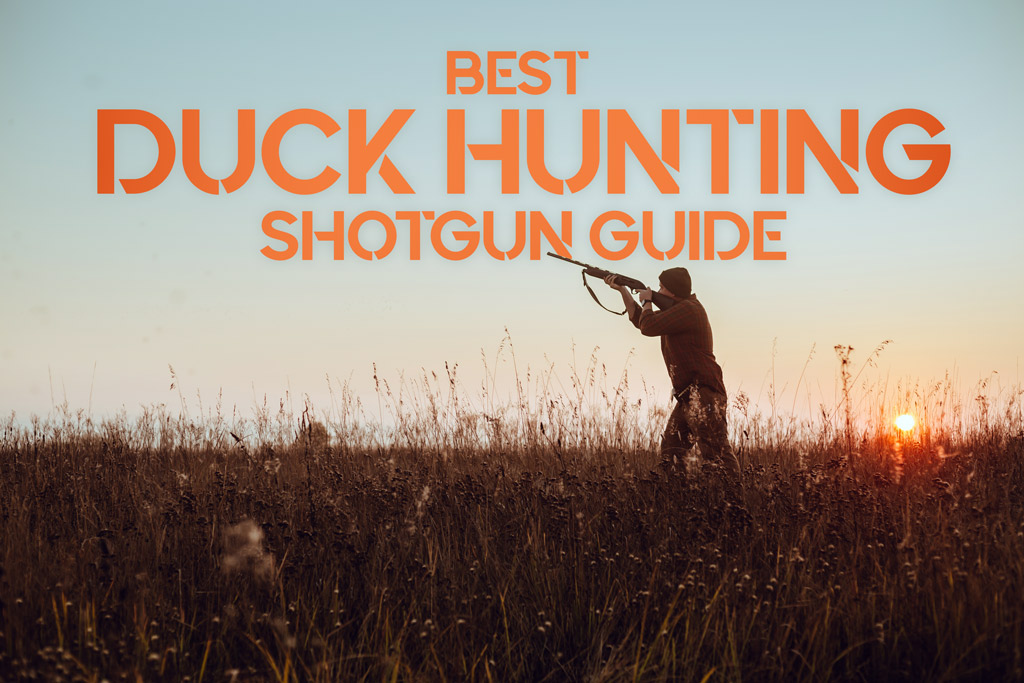
If you’re on the hunt for the best duck hunting shotgun, you already know that you need something more than just a tool. Sure, there are tons of options out there, but that doesn’t mean they’re right for you. Some duck hunters find success with their grandfather’s double-barrel shotgun. Others decide to go for a modern semi-auto shotgun. Whichever camp you fall into, this guide will help you choose the best waterfowl shotgun for your needs.
The most effective duck hunting shotguns combine reliability, feel, and consistency. There’s a reason they’re so popular, they work as advertised and make the hunting trip a little more fun. It’s wise to match your gauge, choke, and barrel to the type of duck hunting you do. However, you may find yourself gravitating toward the type of shotgun that feels good in hand, and there’s nothing wrong with that.
You want to enjoy using your shotgun, and if it has eye appeal, you’re more likely to want to show it off. The shotgun you love is the shotgun you use. And the more you use it, the more accurate and consistent you’ll become. The more consistent you are, the more ducks you’ll bring home. That’s the number one goal for any hunting trip.
Let’s take a look at the options below and find the best duck hunting shotgun for you.
Best Duck Hunting Shotgun
This is what you’re here for, so let’s get into specific shotgun brands and models. These shotguns are the choice of many avid duck hunters around the world. This list will get you started, but it’s always best to get some of these shotguns in your hands and see what feels right.
Here are some of the best duck hunting shotguns:
- Weatherby Orion
- Remington 870
- Mossberg 500
- Browning Auto-5
- Winchester Super X4
- Benelli Super Black Eagle 3
- Beretta A400 Xtreme Plus
Weatherby Orion (Break Action)
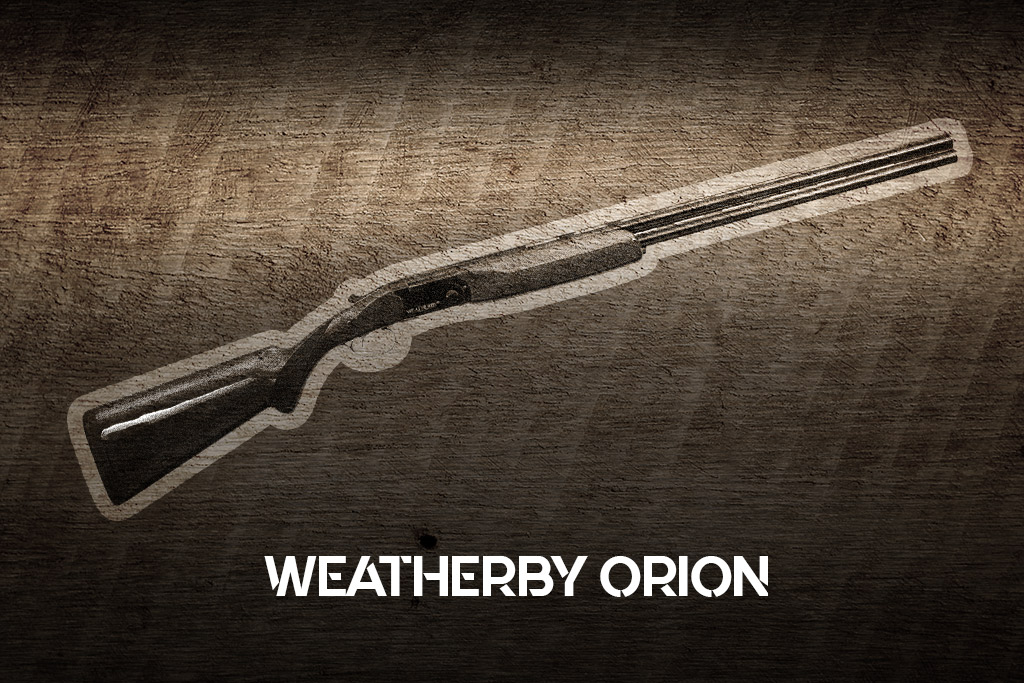
Available in 20, or 12 gauge, the Weatherby Orion over-under shotgun offers a lot of bang for the buck.
The Weatherby Orion is a lot of gun, for not a lot of money. It comes in several models and is chambered in 12 gauge and 20 gauge options. The build quality is evident from the moment you pick it up. It’s heavy but in a good way. The weight keeps recoil manageable and allows it to balance well in hand to help keep your aim steady. It features a classic checkered walnut stock, high gloss metal work, automatic ejectors, and several choke options.
If you want a dependable workhorse, the Orion models are up to the task. The 20 gauge has a 28″ barrel for tight patterning, while the 12 gauge comes with a standard 26″ barrel. The folks over at Weatherby have been making quality products for over 75 years, so it’s no surprise they stand behind their shotguns, offering a five-year warranty. Sure, you can spend six figures on a fancy over-under shotgun, but I’d rather keep that money in my pocket to go on more hunting trips.
Remington 870 (Pump Action)
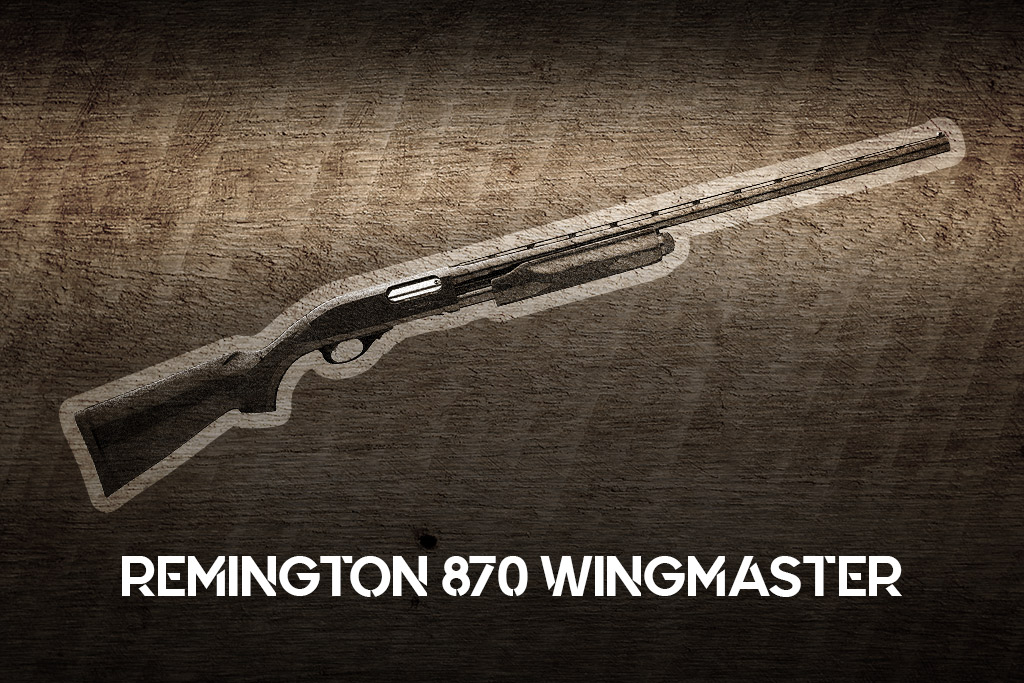
It’s hard to beat a classic! The Remington 870 is a staple in gun stores and pawn shops across the country.
The Remington 870 is a classic pump shotgun. It comes in a variety of models with the Wingmaster version being one of the most popular. It’s been on the market since 1950 and is widely regarded as one of the most reliable 12 gauges ever created. In the early 2000s, after some changes at Remington, there were questions about whether the legendary quality of the 870 would continue. If you’re buying one used from that era, be sure to check for rust on areas where the bluing is worn.
Otherwise, if you’re buying new, you’re pretty much good to go. The 870 has been dropping ducks for over 70 years and shows no signs of slowing down. Many of the newer 870 models come with finish options to suit your needs. The Remington 870 is an affordable option for those on a budget. With a smooth pump action and all the reliability of a classic, you can’t go wrong.
Mossberg 500 (Pump Action)

The short cycling action of the Mossberg 500 makes it a great option for tracking moving targets.
The Mossberg 500 is another very popular pump shotgun. Many say the 870 and the 500 have never been matched, only imitated. There are Mossberg people, and there are Remington people, and then those who love both – nothing wrong with that. Since 1987 the Mossberg 500 has been a staple duck gun for many hunters. Its short cycling action allows for quick target acquisition, making it a good option for moving targets.
The Mossberg 500 has many after-market options to suit your needs. If you’re looking for that first waterfowl shotgun, this isn’t a bad place to start. Like the 870, the Mossberg 500 can be found new and used for reasonable prices. Yes, it comes in a variety of finish options, including camo. Some may balk at the added price of a camouflage finish; however, in the duck hunting world, that camo finish serves a purpose. It protects the firearm from rust. For this reason alone, many opt to pay extra for the camo.
Browning Auto-5 (Semi-Auto)

Outlaw Clyde Barrow’s favorite shotgun, and for good reason, the Browning A5 semi-auto has firepower to spare.
The Browning A5 semi-auto has a look and design that’s unique. Its classic humpback appearance is iconic, and the A5 is a tested and true bird gun. Cycle an A5 a couple of times and you’ll know why it’s on the list. Its been putting smiles on faces of hunters for over 100 years. It is a little higher priced; however, its build quality will last you a lifetime and it’s a pleasure to shoot with. If you want a semi-auto for your first duck gun, you can’t go wrong with the A5.
The A5 also comes in a model known as the “Sweet Sixteen.” As we mentioned above, there are advantages to a 16-gauge shotgun. Browning also made a 20 gauge version for a while, although, they tend to be a collector’s item. Some people say that if you want to get a Browning A5, you should get an older classic model. Their reasoning is that those are the more “pure” A5s. I’ve shot the classic models and the newer ones, they both go bang. At the end of the day, get the gun that best suits your needs.
Winchester Super X4 (Semi-Auto)
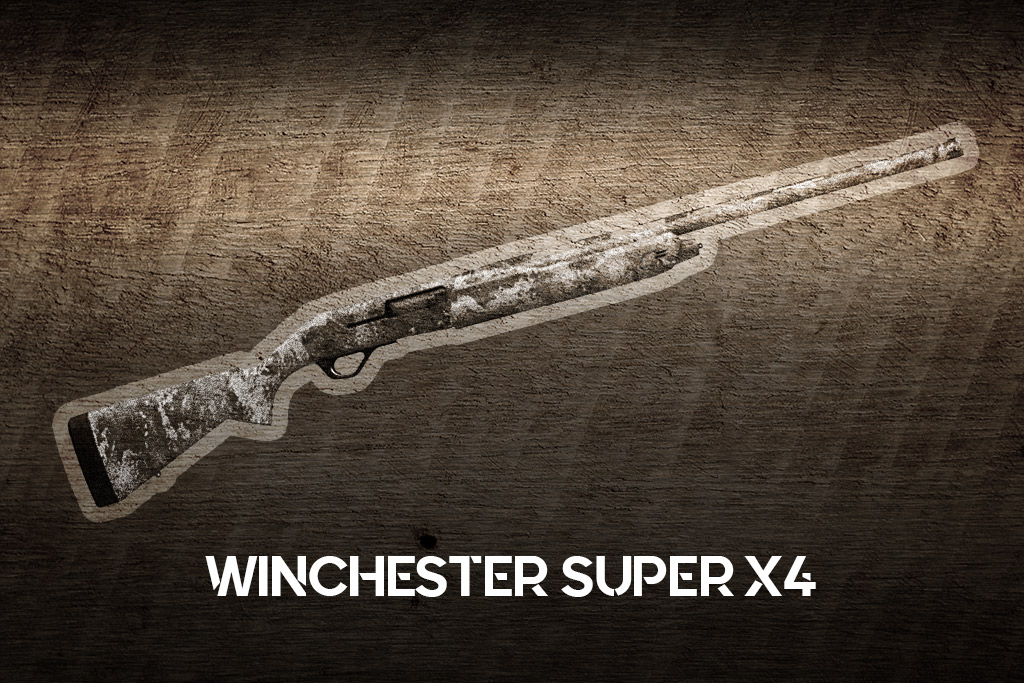
Winchester’s Super X4 is the complete package, it’s a bird dropper and a show stopper in the duck blind.
The Winchester Super X4 is a well-loved semi-auto shotgun. It’s a gun that has spawned tales of many duck hunting adventures over campfires. The shotgun is well-suited to duck hunters, offering all the options anyone could want. From custom camo finishes to left-handed models, Winchester thought of everything. There’s even 20 gauge options for those who prefer less recoil on the hunt.
While most people find this gas-operated shotgun reliable, there have been reports of the charging handle coming loose over time. However, for all the gun’s positives, this is a relatively minor issue. Gas-operated shotguns may take some getting used to for the beginner. They are also more of an investment, so you may want to budget accordingly. However, with a little bit of practice, you’ll be stacking ducks in your blind in no time.
Benelli Super Black Eagle 3 (Semi-Auto)
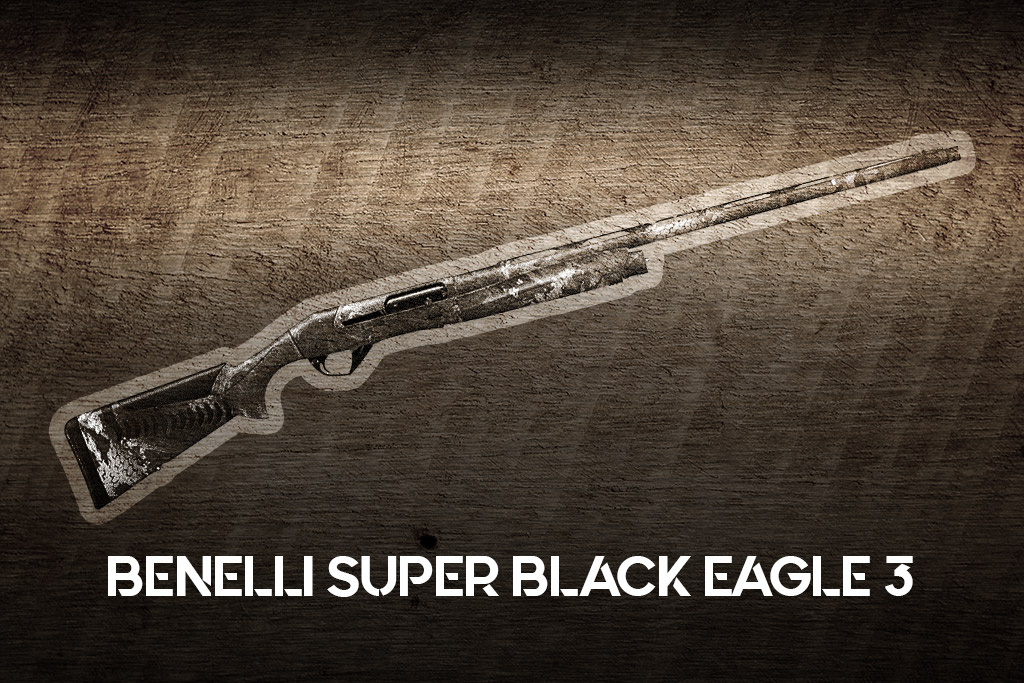
If you want a shotgun with the smoothness of a Cadillac, check out the Benelli Super Eagle 3.
The Benelli Super Black Eagle 3 is a semi-auto built to fight the elements. This inertia-driven gun is reliable, with a finish that can withstand repeated water exposure – even saltwater. What’s it like to shoot this inertia-driven shotgun? I can sum it up in one word: smooth. It’s like butter, on glass, on a sheet of ice when cycling shells. Sure, there’s recoil, but the ergonomics are so good you barely notice it with standard loads. The Super Black Eagle 3 comes in 28, 20, and 12 gauge and has both left and right-handed models.
You can either get a 26-inch barrel or a 28-inch barrel for the 12 gauge models. Again, it’s an investment, near the top of the list for price. If you’re a beginner, you may want to start with something lower on the list, and work your way up. The build quality is there, as well as the ability to customize it to fit your needs. The Benelli Super Eagle 3 comes with a great warranty and will take its fair share of ducks while making it look easy.
Beretta A400 Xtreme Plus (Semi-Auto)
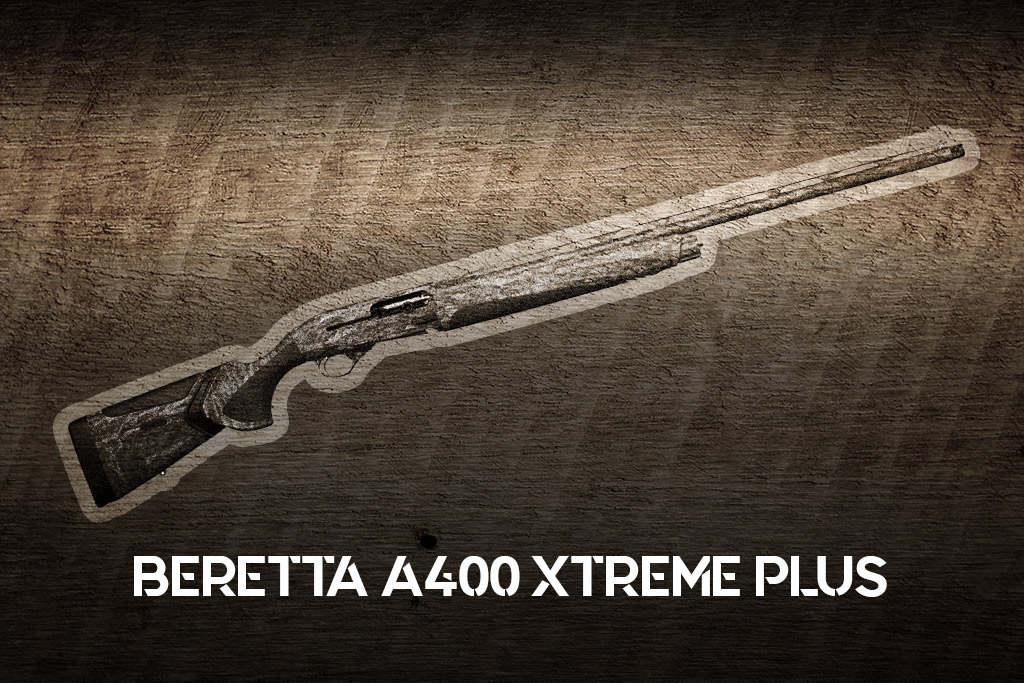
Beretta’s A400 Xtreme Plus features a unique design that reduces recoil, making follow-up shots easier.
Hello Beretta A400 Xtreme Plus, goodbye recoil. Beretta is a company that marches to the beat of its own drum, the A400 XP is no exception. This semi-auto shotgun really changes what recoil feels like on a 12 gauge. It uses a stock technology that absorbs a ton of felt recoil and a soft comb that reduces vibration near your face. Combined with a well-tuned gas-operated system, you get some really smooth shooting.
It comes in 26, 28, or 30-inch barrel options. The barrel features a longer forcing cone, for less muzzle flip and consistent patterns. This model has large controls, including an oversize bolt handle, making it easy to use with gloves. It also has a larger loading chamber, making it simple to load and safer to unload. Many duck hunters will tell you without hesitation, that this gun is one of their favorites.
Different Types of Shotguns For Duck Hunting
Let’s talk about different shotgun types and their intended purposes. We’ll go over the pros and cons of each type, but as with many things, the “best shotgun-style” will be the one that you feel confident using and enjoyable for you to hunt with.
Here are the most common shotgun options:
- Over-Under (Break Action)
- Pump-Action
- Semi-Auto
Over-Under Shotgun for Waterfowl: Break Action
Some people might think the break action is outdated. This would be a mistake. The over-under or even the side-by-side barrel shotguns have a specific purpose.
For one, you never need to worry about a malfunctioning bolt/ejector. However, you also never need to worry about dirt or residue building up in the chamber, as everything is enclosed.
Further, there is a sort of classic appearance of the over-under that gives this style some charm. Not to mention, when you only have two shells (or one shell with a single barrel break-action), your brain tells your body: “make these count.” You might end up saving some shells.
Pump Action for Duck Hunting
If you’re new to hunting and don’t already have a collection of shotguns, then the pump action is a good place to start. It’s reliable, classic, and gives the duck hunter plenty of versatility. Plus, it’s a solid choice for a beginner learning to deal with recoil.
Of course, there’s no rule saying a beginner can’t start with a semi-auto, but most would agree that the pump action is a little more versatile, especially if you ever plan to use it for other purposes, like hunting larger game.
Semi-Auto Shotgun for Duck Hunting
The semi-automatic is popular in duck hunting. With these shotguns, you have multiple shells, ready to drop birds with just the pull of the trigger. No pumping, no braking. One thing to understand is inertia vs. gas-operated semi-autos.
Inertia (also known as recoil-operated) shotguns use the power of the blast to cycle the next round. This means the gun must be tightly shouldered, or the round may not cycle.
Gas-operated semi-auto shotguns use a gas system. These shotguns will cycle regardless of shouldering. However, gas-operated shotguns tend to get dirty faster and often require more specific ammunition.
Many of the guns we cover in later sections are semi-automatic. For anyone serious about duck hunting, look at getting a nice semi-automatic shotgun. These guns put meat on the table.
Best Shotgun Barrel Length
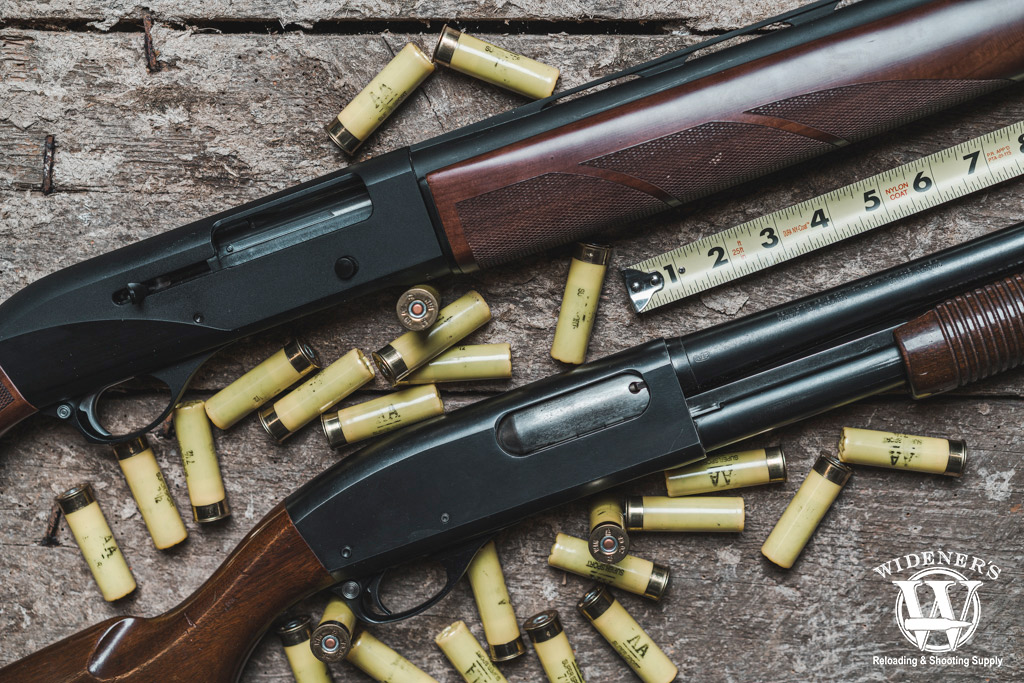
Choosing the best shotgun barrel length depends on your terrain and target distance.
What’s the best barrel length for duck hunting? As you might guess, it depends. If you’re hunting a large field and you want the best range and tightest spread, you might opt for a longer barrel.
However, if you’re in a tight area on a lake (hunting from a boat) or in a thick forest and you need to make quick shots at relatively short range, then a shorter barrel can be useful.
The two common barrel lengths for duck hunting shotguns:
- 28 Inches. Probably the most common barrel lengths for duck hunting.
- 26 Inches. For those who like something more maneuverable.
Now, let’s talk choke tubes.
Understanding Choke Tubes
Your waterfowl shotgun choke tubes are important. If you’re new to choke tubes, here’s an analogy that explains them simply.
Think about the nozzles on a garden hose. Some cause the water to tighten into a jet stream, while others cause the water to spread into a wide mist.
The nozzle for a hose is similar to a choke for a shotgun; the choke tube adjusts the pellets into different spreads as they launch from the shotgun – some patterns are tighter, and some are wider.
Here’s a list of common chokes for duck shotguns:
- Full choke. Creates a tight spread, often used for longer distances. 70% of pellets in 30” circle at 40 yards.
- Modified. A common, highly versatile choke, it will deliver 60% of the pellets into a 30” circle at 40 yards.
- Improved cylinder. Delivers a wide pattern, placing 50% of the pellets into 30” circle at 40 yards.
This is just a sample – there a many, many different-sized choke tubes. Which type of choke should you use while duck hunting? It comes down to your purpose and your shooting style.
At longer distances, you may want a tighter choke – modified or even full. These chokes will give you distance and prevent the shot from spreading too soon.
At closer distances, a more open choke, such as an improved cylinder, is common. This will ensure your shot isn’t too tight, allowing you to hit the bird and avoid destroying the meat.
Best Duck Hunting Ammo
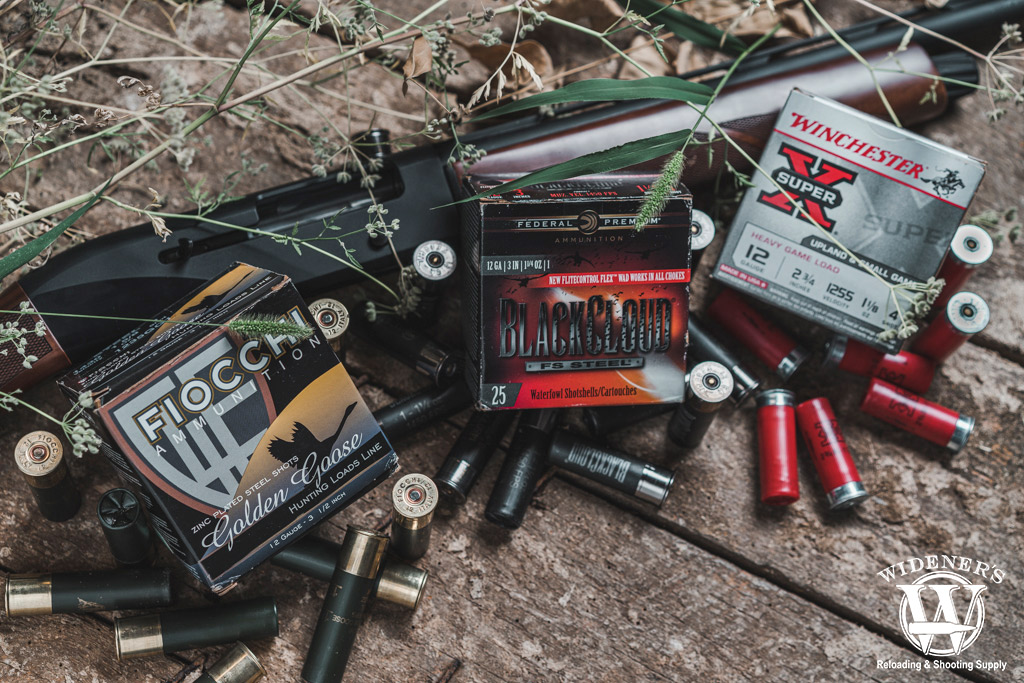
Shotgun shells are not a one-size-fits-all solution, it’s good to have options, you’ll need them for different scenarios.
Choosing the right ammo is just as important as choosing the right shotgun. Let’s discuss the different shotgun gauges for duck hunting. Some folks like to go big. Others prefer to not have a sore shoulder after spending a day out in the marsh.
Here are the most common gauges for duck hunting shotguns:
- 410, 28, and 16 (less common)
- 20 and 12 (more common)
410, 28, & 16 Gauge For Duck Hunting
Let’s talk about the outliers for a moment. These gauges are less common, but they still have a place.
The 410 isn’t a common gauge for most duck hunters. Some people might have it as a “survival” shell, as you can carry more .410 shells than you can other cartridges. Other people will use the 410 to introduce their children to the craft, as the 410 is a much smaller package with reduced recoil. 410 doesn’t have the stopping power of a larger load, but it has more than enough velocity to drop birds overhead.
The 28 gauge is generally considered a skeet shooting load. However, it fits a niche market of people who like something lightweight and with less recoil. The pellets are generally full-sized and have tight flight patterns. This makes it a great option for those who hunt at closer range. It might also be a good gauge for someone with a smaller frame because of the reduced length of pull on the guns.
As their name implies, the 16 gauge is a mid-sized shell. You get the benefits of reduced recoil, but you don’t lose as much power as the 20 gauge. For this reason, some people opt for the 16 gauge. Popular shotguns like the Browning Auto 5 also have models known as the sweet sixteen. You may not see many of them in duck blinds during the season, but if it’s all you’ve got, load it with good hunting shells and it will get the job done.
20 Gauge & 12 Gauge For Duck Hunting
20 gauge ammo is a solid middle-of-the-road shell. Most people will be able to handle the recoil, and it’s well suited for other small game and even large game hunting. If your ducks are within 40-yards, the 20 gauge will put them on the ground, permanently. There are a ton of good ammo options for this gauge, with hunting-specific shells leading the way. However, many still choose a 12 gauge as their primary weapon while hunting waterfowl.
The 12 gauge gives you scalable power. 12 gauge shells are built for many tasks, from slugs to self-defense, and you guessed it, ducks. Almost every ammunition manufacturer has a line of 12 gauge ammo, which means you’ll have a lot of good options to choose from. And, since it’s the most popular shotgun caliber, you’ll never be lacking for upgrades and mods, should you need them for your gun. For an adult’s first shotgun, the 20 or 12 gauge is a safe choice.
Final Shot: Best Duck Hunting Shotgun
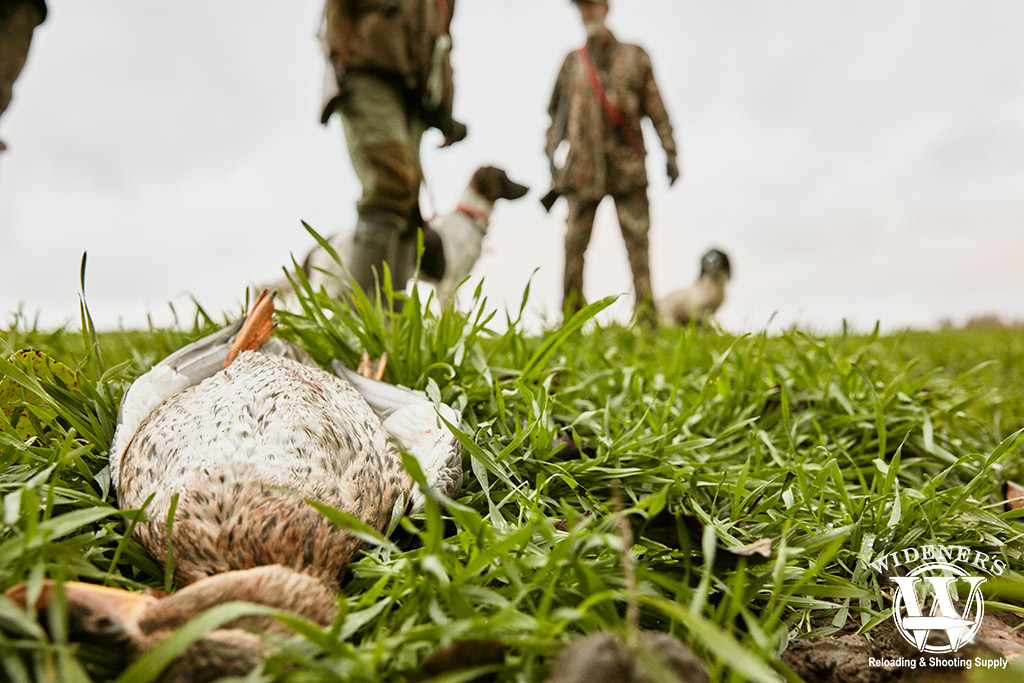
Try out different shotgun types, chokes, and gauges until you find the setup that works best for your duck hunting adventures.
As you look through different shotguns for duck hunting, ask your friends about their experience with their shotguns. Try them out if you can. And, when you go into the sporting goods shop, be sure to hold a few shotguns up and see how they feel. Many gun ranges also offer rentals that you can try before you buy.
Finally, test, test, test. Before you hit the lake or the field, be sure you’ve practiced with and tested the combination of barrel, choke, and shells you’ll be hunting with.
After finding the duck gun of your dreams, check out our guide to Duck Hunting for beginners.


